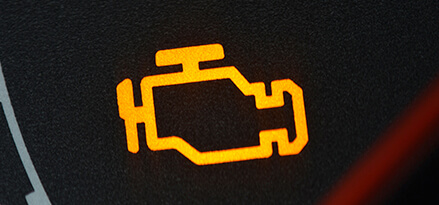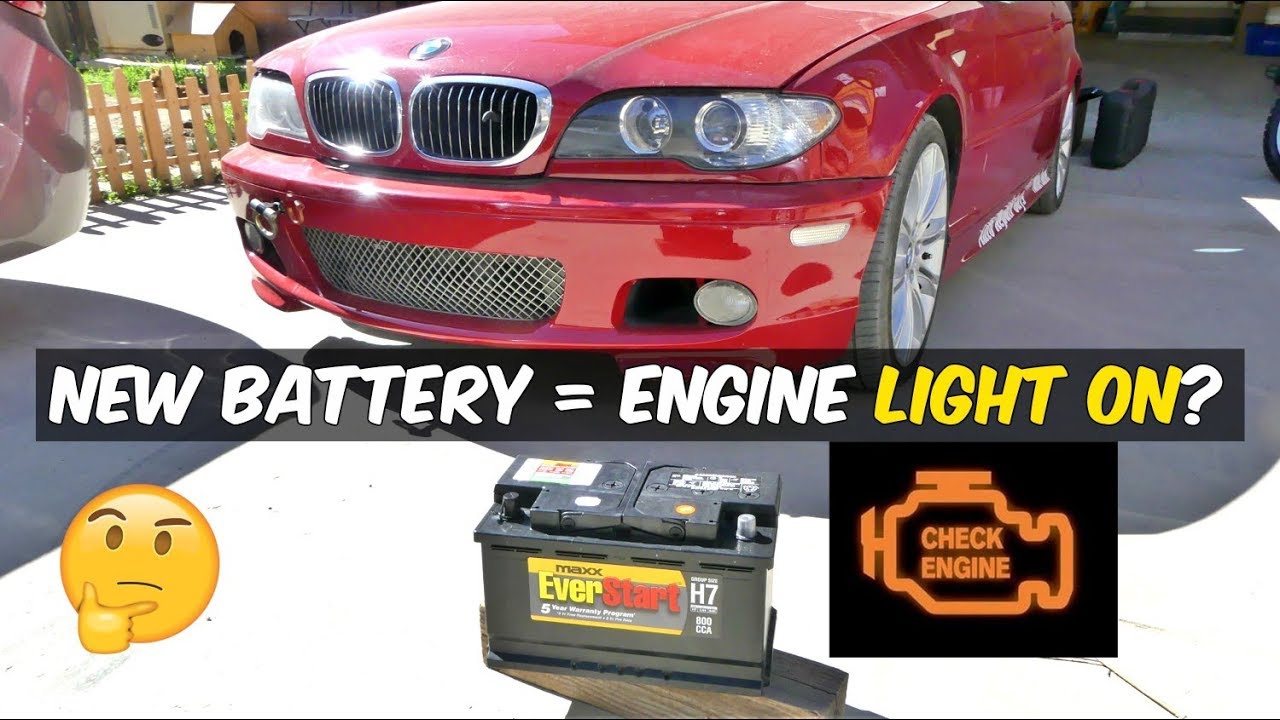Seeing the check engine light after a battery change can be confusing. Many wonder why this happens.
Changing your car’s battery might seem straightforward, but sometimes it triggers the check engine light. This light can cause concern, making you question if something is wrong with your vehicle. Understanding why this happens and what you should do next can save you stress and time.
In this blog post, we will explore the common reasons behind the check engine light appearing after a battery change. We will also provide simple steps to resolve the issue. Stay tuned to learn how to keep your car running smoothly.
Reasons For Check Engine Light
Changing a battery can cause the check engine light to turn on. This happens due to electronic systems being reset. The car’s computer may detect errors. These errors might be false alarms.
Several issues might occur after a battery change:
- Loose connections
- Faulty sensors
- Incorrect installation
- Software glitches
Ensure all connections are tight. Check sensors for proper function. Follow the manual instructions carefully. Sometimes, a simple reset fixes the problem.

Diagnosing The Problem
Using a diagnostic tool can help find the problem. Connect the tool to the car’s OBD-II port. Follow the instructions on the tool. This will read the error codes.
The error codes help tell what is wrong. Each code has a special meaning. Look up the codes in the tool’s manual. Write down the codes. This will help you or a mechanic fix the car.
Resetting The Check Engine Light
First, turn off the car and remove the keys. Next, disconnect the battery cables. Wait for about 15 minutes. Reconnect the battery cables. Start the car to see if the light is off.
If manual reset does not work, seek professional help. A mechanic can use special tools. These tools reset the check engine light. This method is often more reliable.
Battery And Ecu Connection
The Engine Control Unit (ECU) manages many car functions. It controls engine performance, fuel efficiency, and emission levels. The ECU relies on the battery for power. A change in the battery can disrupt this connection. This disruption can trigger the check engine light.
The battery provides power to start the car. It also powers the ECU. If the battery is weak, the ECU may not work well. This can cause the check engine light to turn on. Always check the battery connections after changing it. They should be tight and clean. Loose connections can lead to problems.
Preventing Future Issues
Install the battery correctly. Ensure connections are tight. Loose connections cause problems. Clean terminals before installation. Dirty terminals affect performance. Check the battery voltage. Low voltage leads to issues. Use the right tools. Improper tools damage parts. Follow the manual. Every car is different.
Check the battery often. Look for corrosion. Corrosion harms connections. Clean it regularly. Test the battery voltage. Ensure it is correct. Check the cables. Look for wear and tear. Replace damaged cables. Keep the battery charged. A weak battery causes problems. Inspect the engine light. It warns of issues. Fix problems quickly. Avoid bigger issues later.
Credit: www.slkworld.com
When To Seek Professional Help
Experiencing a check engine light after a battery change? Consider seeking professional help to diagnose potential electrical or sensor issues accurately. Ignoring it might lead to bigger problems.
Complex Issues
Some car problems can be tricky. If the check engine light stays on, it might be serious. A professional mechanic can find the problem. They use special tools. They also have experience. They can fix complex issues.
Safety Concerns
Driving with a check engine light can be unsafe. It might mean a bigger issue. Your car could stop working suddenly. This can be dangerous. A mechanic can check for safety problems. They can make sure your car is safe to drive.
Temporary Fixes
Disconnect the battery for 15 minutes. This resets the car’s computer. Next, reconnect the battery. Start the car. The check engine light might turn off. This fix is quick. It may not work for all cars.
Use an OBD-II scanner to read error codes. Plug the scanner into the car’s port. Follow the scanner’s instructions. Clear the error codes. The check engine light should turn off. This method is reliable. It helps identify the real issue.

Credit: www.reddit.com
Frequently Asked Questions
Why Is My Check Engine Light On After Battery Change?
The check engine light may be on due to a reset of the car’s computer. Check connections and codes.
Can My Battery Make My Check Engine Light Come On?
Yes, a weak or faulty battery can trigger the check engine light. It may affect various sensors and systems in your car.
How Long Does It Take To Clear The Check Engine Light After Taking Off The Battery?
It usually takes 10 to 20 driving cycles to clear the check engine light after removing the battery.
Do You Have To Reset Codes After Replacing A Battery?
Yes, you may need to reset codes after replacing a battery. This ensures all systems function correctly.
Conclusion
Experiencing a check engine light after a battery change can be frustrating. It’s important to stay calm and diagnose the issue. Simple fixes often resolve the problem. Checking connections and resetting the system might help. If the light persists, consult a professional.
Regular maintenance ensures your car runs smoothly. Understanding these basics keeps you prepared. Stay informed and drive safely.

